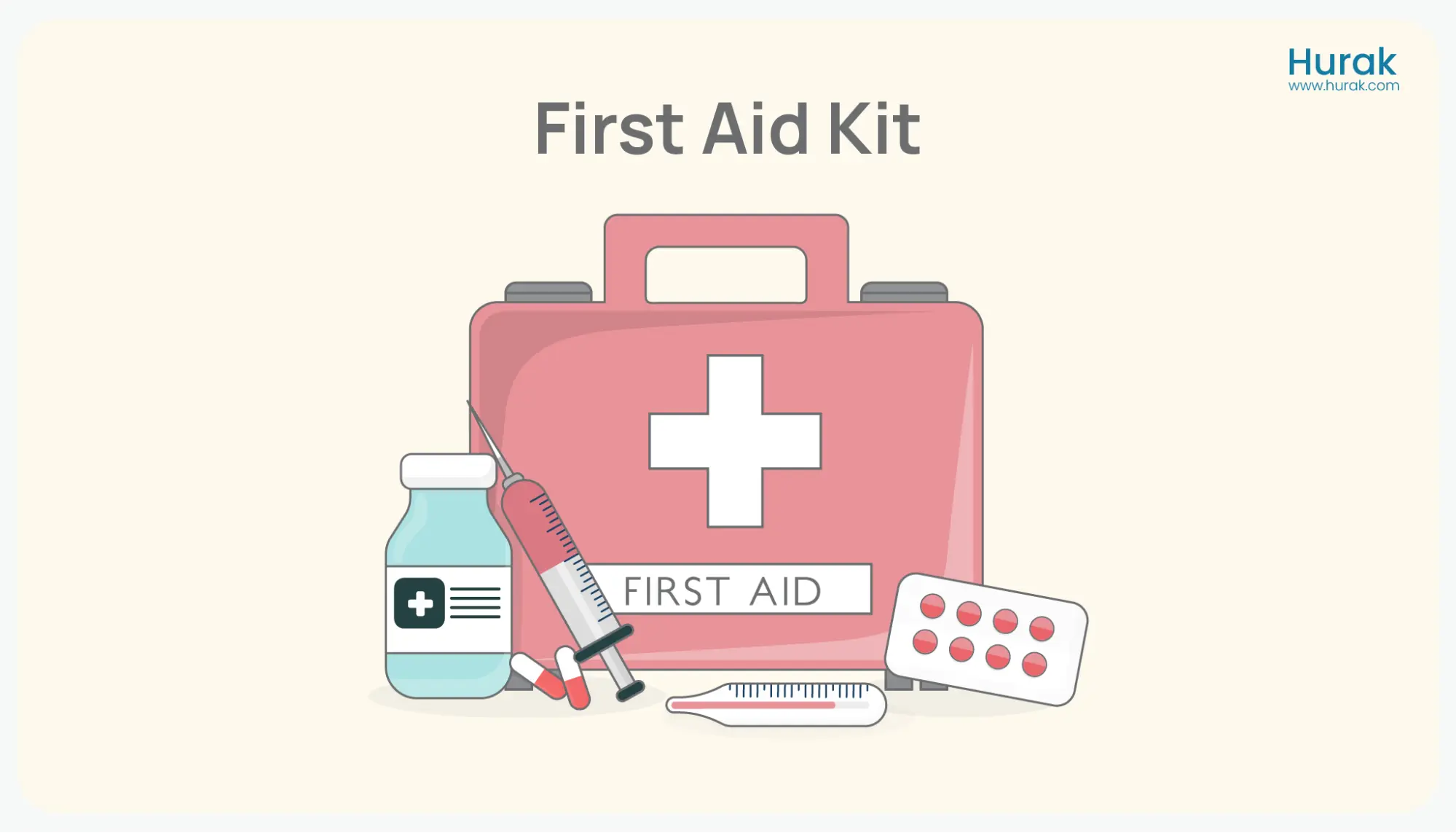A first aid kit is a very useful item; its primary aim is to tend to injuries and unexpected situations before professional help can be called. This kit contains a variety of items that can immobilise an injury, relieve pain, and help in resisting the growth of bacterial infections. Irrespective of the status of being at home, in the workplace, or while travelling, having a properly stocked first aid kit can exponentially assist in controlling a situation like an injury, at least to a certain extent.
In the UK, it is imperative that a leaflet with general guidance be included in the first aid kit. This is the HSE’s leaflet and it serves as basic guidance and advice on first aid at work. This leaflet contains emergency first aid information for people who may not necessarily be from the medical field. It provides a visual step-by-step guide on preventing sudden hazardous situations. This guide is intended to assist a first aider in an emergency; it also includes checking airways and breathing as well as performing CPR: chest compressions.
Why You Need a First Aid Kit

Owning to the fact that injuries and accidents may occur at any time, a first aid box is very useful when it comes to your personal safety. It provides basic equipment and materials for treatments of various injuries that may occur unexpectedly. Having a first aid kit can be handy when one has no access to a proper health facility or a medical centre. What this entails is that if an individual has a properly stocked kit, chances of a complication arising from the emergency are minimised.
First Aid Kit Essentials
A good example of such essential items include a first aid kit and drugs that you may need to manage an emergency situation before an expert intervention is available. It comprises items like bandages, antiseptic solutions, medical instruments that are normally used in dressing minor injuries, and alleviating pain. We have no control over sudden accidents, and this is the reason why having a first aid kit increases preparedness in handling the emergencies as well as provide a sense of security irrespective of where one is; at home, workplace or travelling.
First Aid Kit Checklist

Basic Supplies For First Aid Kit | |||
| Adhesive Bandages | Adhesive Tapes | Sterile Gauze Pads | |
| Type | Clear Plasters, Blue Catering Plasters, Gel Blister Plasters | Hypoallergenic tape | Fabric Plasters, Waterproof Plasters, Sterile pads |
| Purpose | Ideal for covering small cuts, blisters and abrasions | Secure gauze pads and bandages in Place | Used to cover and protect larger wounds. They help absorb blood and other fluids and prevent infections |
Medical Tools For First Aid Kit | |||
| Tweezers | Scissors | Thermometer | |
| Type | Plastic disposable tweezers, Splinter tweezers | Preferably blunt tip to avoid accidental injury | Digital Thermometers |
| Purpose | Useful for removing splinters or debris from wound | To cut tape, Gauze or clothing if needed | Measure body temperature to identify fever |
Emergency Supplies For First Aid Kit | |||
| CPR Face Shield | Burn Cream | Eye wash/ Pads | |
| Type | Standard | Burn cream or Gel | Eye wash or eye pads |
| Purpose | Provides a barrier for performing CPR while minimising the risk of disease transmission. | Relieves pain and promotes healing for minor burns | Rinse out debris or chemicals from the eyes and protect injured eyes |
Personal Items For First Aid Kit | ||
| Pain relievers | Anti-allergy | |
| Type | Paracetamol, Ibuprofen | Antihistamines |
| Purpose | Alleviates Pain and manages fever | Treats symptoms of allergies and can be vital if someone has severe allergies |
Maintenance Of Your First Aid Kit
It is imperative that you consistently check the expiration dates of the items that have been stored in your first aid kit and have them immediately replaced in case the items have expired, next make sure you restock the kit. Furthermore you need to check the kit time and time again to make sure nothing is missing and that it contains all necessary items.
Where You Should Place Your First Aid Kit
Your first aid kit should be placed somewhere within the home where it cannot be accessed by children. In offices, it should be placed in the kitchen considering that’s where accidents happen quite frequently or in the bathroom. Another suitable location could be a hall closet. This would provide the staff with quick and easy access to the kit. In a nutshell, it should be stored in a place that is easily accessible during an emergency.
The British Standard Compliant Workplace First Aid Kit
The British Healthcare Trade Association has developed kits that are more appropriate for workplace accidents. These kits have now become the British Standard Kits for all. The list below showcases the required content for first aid kits for workplaces in the UK. The contents in these first aid kits comply with the British Standard BS8599.
Contents:
- Instructions x 1
- Contents List x 1
- Medium Dressing 12 x 12cm x 4
- Large Dressing 18 x 18cm x 3
- Triangular Bandage x 3
- Eye Pad & Bandage x 3
- Waterproof Plasters x 60
- Cleansing Wipes (Sterile) x 30
- Microporous Tape 2.5cm x 5m x 2
- Nitrile Disposable Gloves (Pair) x 9
- Finger Dressing 3.5 x 3.5cm x 3
- Revive Aid (Resuscitation Device) x 1
- Thermal Blanket x 2
- Burn Dressing 10 x 10cm x 2
- Tuff Cut Scissors x 1
- Conforming Bandage 7.5 x 4.5cm x 2
FAQ’s
Why are towels important in a first aid kit?
A clean towel can be used to clean up a wound, scrape or cut, use sterile saline solution and clean the affected area so that it stops bleeding and prevents infection.
Do you need tweezers in a first aid kit?
There are different types of tweezers designed for a variety of tasks however when assembling your first aid kit include a Flat-Tipped tweezer, these tweezers are versatile and easy to use. The Flat-Tipped tweezer is an essential tool in every first aid kit.

Don’t wait until an emergency strikes! Equip yourself with the knowledge and tools you need by creating your own first aid kit today. Let’s make safety a priority! Join our Emergency First Aid at Work course and get certified now.
Conclusion
Having an all-rounded first aid kit is one of the best investments in terms of safety and precaution. Thus, with supplies of these items included and your kit properly replenished from time to time, you’ll be in good stead to manage minor accidents and emergencies adequately. But as we already know, sometimes a first aid kit is enough to address certain issues, but always consult a doctor if needed. Stay safe and be prepared.




